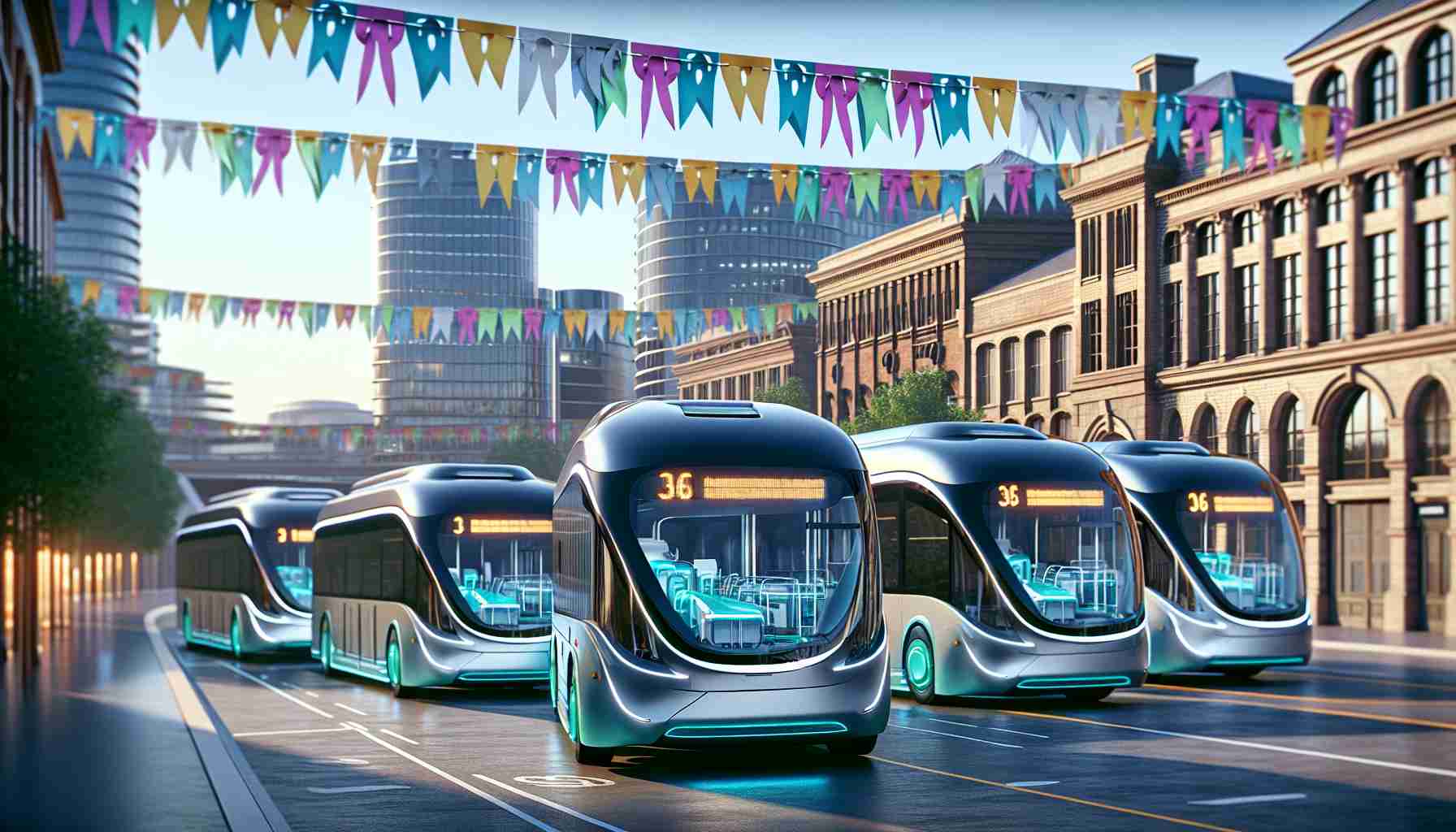- Oakville will launch 15 Nova LFSE+ electric buses in February as part of a climate action plan.
- The initiative aims to electrify 50% of the transit fleet by 2026.
- Funding for the project comes from federal, provincial, and municipal levels.
- Electric buses will reduce greenhouse gas emissions and improve public connectivity.
- Key features of the buses include low floors and ramps for better accessibility.
- Infrastructure upgrades like charging stations are necessary for the transition.
- The goal is to have 74 electric buses in total by 2026.
- The project represents a significant investment of $66.7 million towards sustainable transit.
Oakville is gearing up to transform its public transit system with the launch of 15 cutting-edge Nova LFSE+ electric buses, hitting the streets this February. This pivotal move is part of a visionary climate action plan, harnessed through joint funding from the Public Transit Infrastructure Stream. With federal, provincial, and municipal support, Oakville aims to electrify half of its transit fleet by 2026.
Imagine a bustling town where the roar of diesel engines is replaced by the serene whisper of electric buses! These eco-friendly vehicles will not only slash greenhouse gas emissions but will also enhance connectivity, seamlessly linking residents to neighboring areas and GO Transit. Accessibility is key, as the buses feature low floors and ramps, ensuring compliance with the Accessibility for Ontarians with Disabilities Act.
But the journey to electrification hasn’t been without its hurdles. Significant upgrades to infrastructure, including charging stations and a revamped transit garage, are essential to welcome this electric revolution. Oakville’s bold ambition includes a total of 74 electric buses by 2026, building on previous investments in smaller electric vehicles.
The town leaders, celebrating this green milestone, pledged their commitment to creating a sustainable and connected community. As Mayor Rob Burton highlighted, the electrification initiative marks a monumental step towards a zero-emission future.
With a $66.7-million investment backed by various levels of government, Oakville is not just modernizing transit—it’s championing a cleaner planet. As the wheels of progress turn on these electric buses, Oakville is lighting the path to a greener tomorrow. Are you ready for the ride?
Electrifying Transit: Oakville’s Bold Move Towards a Sustainable Future!
Overview of Oakville’s Electric Bus Initiative
Oakville is set to revolutionize its public transit system with the introduction of 15 state-of-the-art Nova LFSE+ electric buses starting in February. This initiative is a central part of a comprehensive climate action plan, benefiting from joint funding through the Public Transit Infrastructure Stream, which involves support from federal, provincial, and municipal levels. With aspirations to electrify 50% of its transit fleet by 2026, Oakville is making strides in public transportation sustainability.
Innovations and Features of the New Electric Buses
The Nova LFSE+ electric buses are designed with advanced features:
– Zero Emissions: The electric buses are pivotal in significantly reducing greenhouse gas emissions, contributing to a cleaner and healthier environment.
– Enhanced Accessibility: The buses include low floors and ramps to comply with the Accessibility for Ontarians with Disabilities Act, ensuring safe access for all riders, including those with disabilities.
– Improved Infrastructure: Upgrading transit infrastructure, including the installation of several charging stations and refurbishment of the transit garage, is essential for supporting this electric fleet.
Limitations and Challenges Ahead
Despite the exciting prospects, Oakville faces challenges:
– Infrastructure Upgrades: The transition requires substantial upgrades to current facilities to accommodate charging needs and maintenance of electric buses.
– Financial Investments: Although there is significant funding, ongoing maintenance and operational costs for electric buses differ from traditional fleet management, requiring careful financial planning.
– Adoption Rate: Encouraging community acceptance and usage of the electrified transit options will be crucial for the initiative’s overall success.
Pricing and Cost Structure
The total investment for this initiative is about $66.7 million, which has been secured through multiple levels of government. The pricing structure for using the electric buses is expected to align closely with existing transit fare models, promoting accessibility and usage among residents.
Market Forecasts and Trends
The electrification of public transit reflects a growing trend in cities across Canada and globally towards more sustainable transportation solutions. Organizations and municipalities are increasingly recognizing the need for cleaner alternatives, moving away from fossil fuels and towards electrification.
Frequently Asked Questions
1. How will the introduction of electric buses affect fare prices for Oakville residents?
While specific fare changes have not been announced, it is expected that the pricing structure will remain similar to current transit fares to encourage use. Long-term operational savings from reduced maintenance and fuel costs could potentially lead to more stable pricing.
2. What are the long-term environmental impacts anticipated from Oakville’s electric bus initiative?
The shift to electric buses is projected to greatly reduce local greenhouse gas emissions, improve air quality, and contribute positively to climate action goals. Over time, this transition will help in achieving broader sustainability targets set by the municipality.
3. Will Oakville expand its electric fleet beyond 2026?
Given the successful implementation of the initial 74 electric buses and positive community feedback, it is likely that Oakville will continue to expand its electric fleet beyond 2026, adapting to technological advancements and growing demand for sustainable transit solutions.
For more information about Oakville’s transit initiatives, visit oakville.ca.














